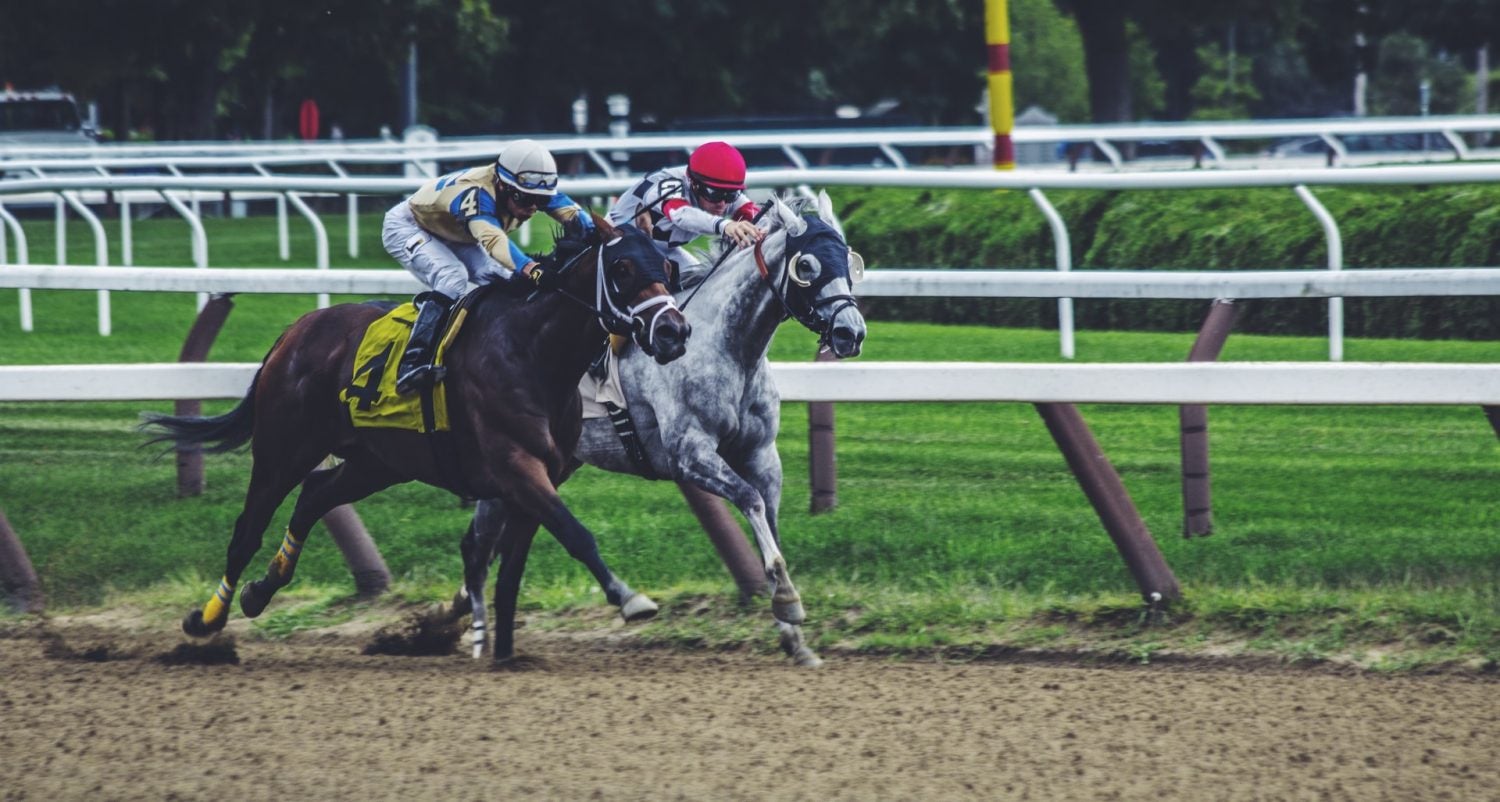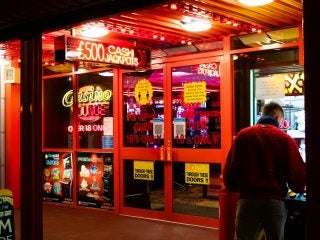For as long as most can remember, Aintree racecourse has been synonymous with the Grand National. The bustling crowds cheering on the winner in their thousands after four gruelling miles that test the mettle of even the best horses. Having survived the World Wars and recent coronavirus pandemic, the National looks set to return to normality this year for the first time since 2019, as spectators prepare to return to the races in full capacity.
Although the race has only been cancelled a handful of times — 2020 was ran virtually while World War Two caused the race to stop between 1941 and 1945 — no one can forget the ‘Monday National’ of 1997. Although the race eventually took place, it still serves as one of the darkest weekends in the sport’s history.
Lord Gyllene’s win was completely overshadowed by threats of bombings by the Irish Republic Army, and following the race’s postponement, the severity of the situation was only fully realised. It was a weekend where the city of Liverpool showed once again how united it was. Read on, as we take a look at the infamous Monday National of 1997
IRA Threats
The build-up to the race felt like any other Grand National, if anything with that added bit of anticipation for it was the race’s 150th anniversary. For those that did place a bet on horses, Rough Quest had won the year before thanks to some good work from jockey Mick Fitzgerald and Go Ballistic came in as the favourite for the race at 7/1 after success in the Cheltenham Gold Cup just a few weeks earlier. However, just an hour or so before things got going, the Aintree Hospital, just a stone’s throw from the racecourse, received two coded calls from the IRA that bombs had been planted somewhere in the grounds.
The moment police were informed it was evident threats were being taken seriously. The tension between the UK and Ireland at the time had become increasingly hostile, later forcing public transport into closure around London in the lead-up to the General Election. But up in the North West, things were moving fast. Another call was made to a police station in Bootle and five minutes after the National was meant to be underway, spectators had made their way onto the track and swiftly out the gates.
Evacuation
On average 60,000 people attend the National at Aintree every year. Now imagine a situation where they all need to get out at once. Chaos ensued as spectators who were moments ago congregated on the stands all tried to depart Aintree at the same time. With the uncertainty over the legitimacy of these threats and after a thorough check the race was postponed until the Monday.
This left 20,000 spectators stranded and the horses moving to nearby Haydock to seek refuge. The people around Aintree provided accommodation for spectators wishing to stay for the rescheduled race, but in the end fewer than that stayed to watch Australian-bred Lord Gyllene’s victory.
The Monday race
To say the race was anticlimactic is a bit of an understatement. Tony Dobbin was aboard Lord Gyllene as he strolled to victory by 25 lengths. There was a strange feel about Aintree after — the usual roar of the crowd was certainly muted, not just due to the absence of some spectators but the fact that the race was secondary in the narrative with more hoax threats being made. That anxiety overshadowed the race itself, one in which Suny Bay and Nigel Twiston-Davies-trained Camelot Knight just couldn’t get close to Dobbin who ran clear to write his name in the history books.
As surreal as it had been for fans, the jockeys and trainers had felt the same unease. Years after the race Dobbin is still shocked by the events that unfolded.
“It’s been on (television) again a couple of times, because of what’s been happening, which has been quite eerie to see back again,” said Dobbin.“It was very strange for everyone.”
“All had seemed fine, if naturally a little tense in the weighing room, as Aintree built towards its annual spectacle. We went down there, like any normal Grand National day. We just thought ‘Oh, some drunken nutter’s smashed the fire alarm in one of the stands, and it’ll be sorted out in 10 or 15 minutes.
“But obviously that was wrong. I can’t even remember when we found out that it was a bomb scare. We were pushed off the track, and all the people were coming out.”
25 years on and the Grand National has restored its legacy as a key date on the British sporting calendar. However, the Monday National will always serve as a reminder of a different time, one in which Aintree prevailed.


















